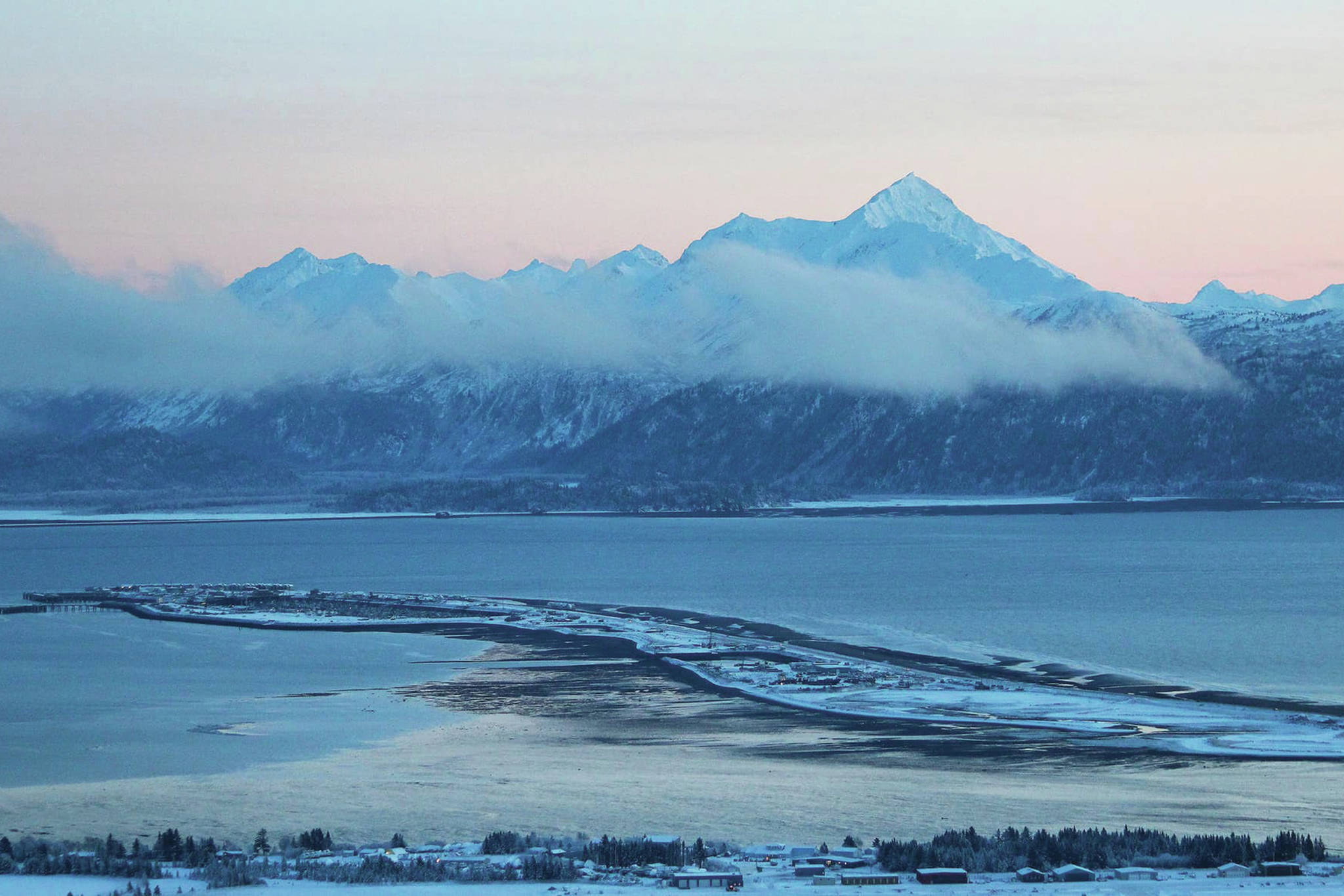The chance to be immersed in the species, ecosystems and science of Kachemak Bay is back again in the form of the Kachemak Bay Science Conference, which starts next week.
Billed as “Conversations in Conservation, the conference runs next Monday through Thursday. It is held every three years. This year, the conference also coincides with the Kenai Peninsula Fish Habitat Partnership Science Symposium, and the two events are being held in tandem.
Find the conference schedule, list of presenters and workshops, recommended reading and more on the conference’s website, kachemakbayscience.org. Registration for the conference is free.
Also this year, the event is being held with the ongoing COVID-19 pandemic in mind. There won’t be in-person lectures and events, but there will still be live presentations held over Zoom. These live talks and panels are paired with pre-recorded presentations available for viewing at any time on the conference website.
The conference is organized through cooperation between multiple agencies and organizations, including the Center for Alaskan Coastal Studies, the Kachemak Bay National Estuarine Research Reserve, the Kenai Watershed Forum, the Kenai Peninsula Fish Habitat Partnership and the U.S. Fish and Wildlife Service. Coastal Studies Executive Director Beth Trowbridge gave a presentation about the upcoming conference to the Homer City Council during its Monday meeting, along with Syverine Bentz, coastal training program coordinator at the Kachemak Bay National Estuarine Research Reserve.
They highlighted the new format of the conference, with both continued access to presentations, reading materials and what Trowbridge called a film festival of sorts. There will be about 50 different presenters this year, they said, both local and from farther away.
All topics and presentations will have information and findings that are relevant to the Kachemak Bay region’s ecosystems.
In a later interview, Trowbridge said that, ideally, the conference would be in person, where people are able to interact more.
“But we are feeling pretty good about what we have set up for this year,” she said.
Trowbridge said the live presentations have been broken up and spaced out throughout the conference, so as to avoid giving people “Zoom fatigue.” Short synopses of each speaker’s talk will also be up on the conference website, she said, so that people can get an idea of which presentations they’d most be interested in.
The conference is broken up into topic sections, including harmful algal blooms, freshwater and wetlands, nearshore habitats and marine life. Each day boasts a “Science Session” at the beginning of the day with a host of pre-recorded videos to choose from, followed by a live science panel discussion. Then comes the daily “Species Spotlight” highlighting a different marine animal, like sea otters and seabirds. This is followed by time for a community panel or virtual field trip, and each day of the conference ends with something slightly different, from student projects to the film fest night.
“There’ll be a little bit of something for everyone,” Trowbridge said.
She highlighted in particular the species spotlights, the recommended reading list and the film festival as avenues for people to learn more about whatever particular topic they might be interested in.
When held in conjunction with the Kenai Peninsula Fish Habitat Partnership Science Symposium, Trowbridge said the conference gets a broader perspective and tends to include more focus on wetlands and freshwater habitats.
There are also three separate community panels, which are opportunities for local residents to weigh in and get involved.
Trowbridge said ultimately, the hope is that people will come away from the conference with a deeper understanding of the ecosystems around them and how they work, and that this understanding can better inform those in positions to make decisions that affect these ecosystems.
Reach Megan Pacer at mpacer@homernews.com.


